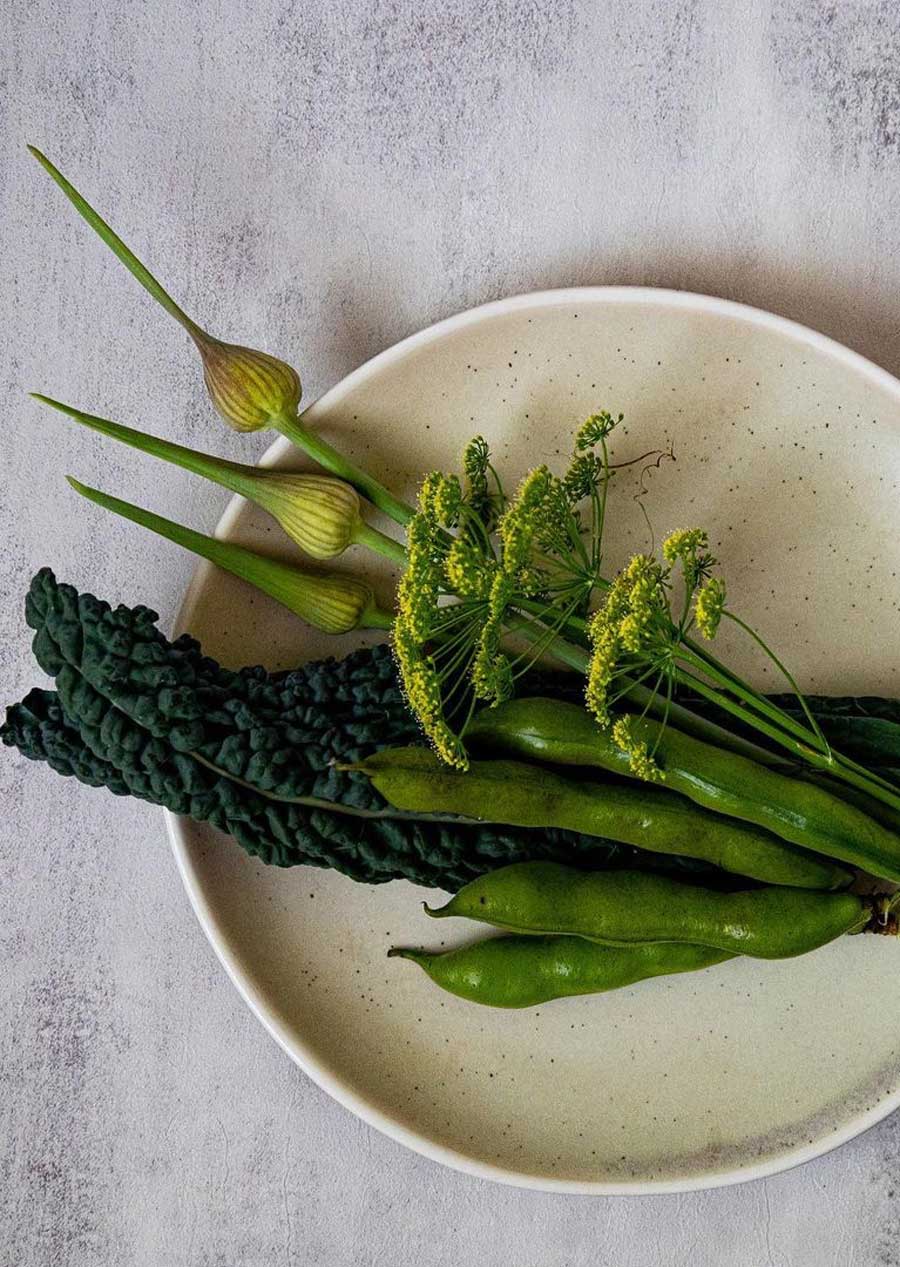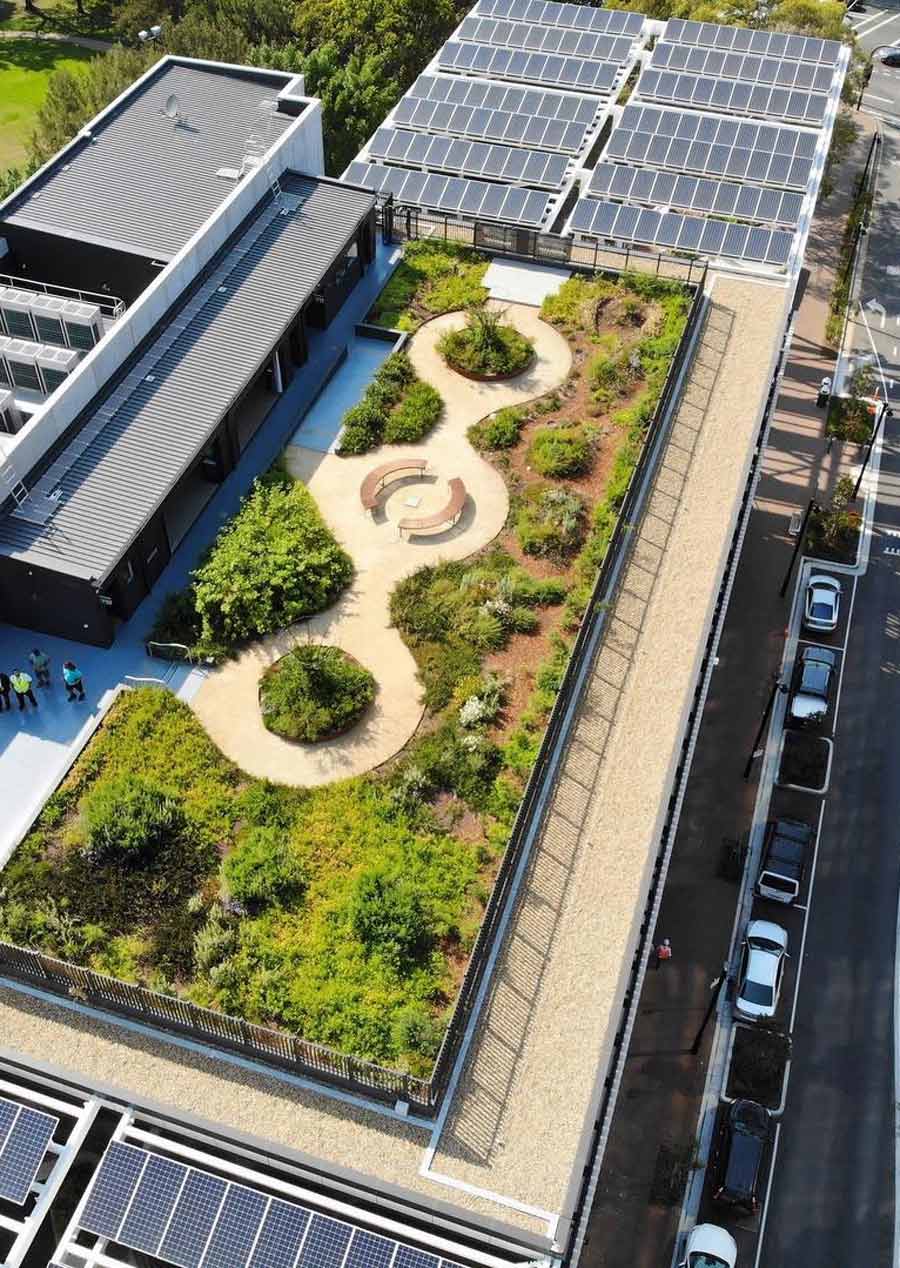-
-
-
-
-
Currency
food-drink
From Fad To Global Movement: Why Farm To Table Eating Is Still Our Most Important Food Trend


If you're anything like us, you spend a lot of time thinking about your next meal. What it will taste like, where it will come from and, increasingly, its climate impact.
We try to keep the environmental impact of our meals low by eating fewer animal products and more plant-based alternatives. We're even open to trying lab-grown meat. While these things are all important, we should also remember that sometimes the simplest solutions are the ones that have been around the longest.
Once upon a time, before the industrialistion of food turned the industry into such a behemouth, food was nearly always sourced and grown locally. Some people and global communities have always eaten like this, but there's been more of a mainstream push for this way of thinking in recent years in the form of the farm-to-table movement, the emergence of urban farming and higher demand for locally sourced produce.

Documented By: Daniel Faro
What is the farm-to-table movement?
When we do our groceries or sit down to eat at a restaurant, we rarely consider where each ingredient was grown or sourced. We just fill our baskets or dig in. This is a luxury many of us don’t reflect on enough.
The farm-to-table movement isn’t out to take all the enjoyment from what you eat. Rather it’s an attempt to re-examine our relationship with food and farming by placing greater importance on locally sourced ingredients.
Farm-to-table eating looks at our food system as a whole. That means considering the production, processing, distribution and consumption of food. Then assessing these factors against their environmental, economic and social health impacts.
Basically, the way food is produced is designed to benefit the place where it’s grown and the people who will eat it.

Documented By: @fridas.field
The benefits of the farm-to-table movement
An obvious benefit of locally sourced food is that less travel distance equals fewer transport emissions. (There’s a big difference in buying a bunch of asparagus that was grown a few kilometres down the road then buying a bunch that was imported from Mexico.) Food grown closer to home also arrives fresher and tends to have less spoilage, so it reduces food waste.
Locally grown food can take better care of the land too. According to At Your Table: “local food consumption helps the natural rotation of crops to expand, as it reduces the mass growing of one type of crop for export and encourages diversification”. Crop diversification has a crucial role to play in improving soil health and fertility, sequestering carbon, improving root systems and fostering healthy microbial communities.
The farm-to-table movement is careful about the resources used and the impact agriculture has on certain environments. Rutgers explains that the movement also seeks to increase long-term food security by developing local systems that can meet the needs of a community and climatic instability.

Documented By: Yerrabingin
When pastures are swapped for pavement: the role of urban farming
What about the places in the world that are a little less green?
By 2050, it’s estimated that more than two thirds of the world population will live in urban areas. These densely populated regions won’t have the same access to acres of ripe farmland as regional places, but that hasn’t stopped cities looking locally to supply their populations with food in the future.
Just like the farm-to-table movement, urban agriculture, or urban farming, supports growing food closer to where people live. Only this time it’s people living in cities, towns and suburban areas. Again, this reduces carbon emissions and delivers fresher food to people. Exploring city-grown produce is also helping mitigate concerns about food insecurity as a result of climate change, by boosting the resilience of fresh fruit and vegetables and broadening supply sources.
Urban farming also supports efforts to bring nature into places that are, typically, very unnatural. When two thirds of the world’s population lives in cities, this will be critical to improving individuals’ quality of life and keeping the environmental health of a city in check.
Of course, without endless pastures and rolling hills, farming in large cities requires a bit of ingenuity. We’ve already seen a number of impressive initiatives in this space, including growing food on building rooftops (like Yerrabingin rooftop farm in Sydney and Brooklyn Grange in New York City), building underground greenhouses (like Growing Underground, located 33 metres below the streets of Clapham, London) and vertical farming initiatives which grow plants without soil.

Documented By: Daniel Faro
Farm-to-table venues that have made it onto our itinerary
The farm-to-table movement has been adopted by so many restaurants and venues around the world. Some do this by sourcing locally and creating seasonal menus, while others are going further by growing and serving their own crops.
These are the farm-to-table restaurants that have made it onto our future dine-in dream list.
Frida’s Field – Byron Bay
Frida’s Field is a 120-acre regenerative farm and restaurant that wholly embraces the farm-to-table movement. The land is home to a small herd of Angus-Wagyu cattle (managed with holistic principles), a food forest orchard and an organic market garden. The seasonal menu has a vegetarian offering and diners are encouraged to visit for a long lunch experience.
Hortelão at São Lourenço do Barrocal – Alentejo, Portugal
The São Lourenço do Barrocal’s hotel restaurant shines a spotlight on the traditions and cuisine of the Alentejo region. Every month it celebrates different seasonal produce and, where possible, ingredients are sourced from the hotel’s own organic vegetable garden. What it can’t pull out of the ground on-site comes from other small local producers.
De Kas – Amsterdam
“Harvested in the morning, on your plate in the afternoon.” De Kas has been pushing a paddock-to-plate approach since 2001. It has greenhouses and open-air gardens in Amsterdam (where the restaurant is located) and Beemster, which grow around 300 varieties of vegetables, herbs and fruits. The ingredients featured on the rotating menu are harvested as close to meal preparation as possible, and the produce it can’t grow is sourced from local organic farmers.
Open Farm Community – Singapore
Open Farm Community in Singapore supports a large network of local and Southeast Asian organic growers, herders and food enthusiasts. The kitchen and restaurant have a seasonal menu and the venue often hosts local farmers to showcase their produce. The preference for local and organically grown food is boosted by other environmentally conscious measures: it strives to use no single-use plastics, recycles wherever possible and limits water and food waste.
The Farm – Byron Bay
The Farm is a beloved icon in Byron Bay, Australia, known as much for its food as for its interactive experience. The 80-acre working farm is home to a community of growers, producers, eateries and educators, each passionate about growing food sustainably. You can buy and taste food grown on the farm from the on-site Three Blue Ducks restaurant or the produce store. And you can also take a walk around the property to get a closer look at how things are grown and managed.

ABOUT US
CUSTOMER CARE
EDITORIAL & RIISE PRODUCTIONS
© 2024 RIISE, All Rights Reservedjoin riise's mailing list for 15% off your first order.Availability








